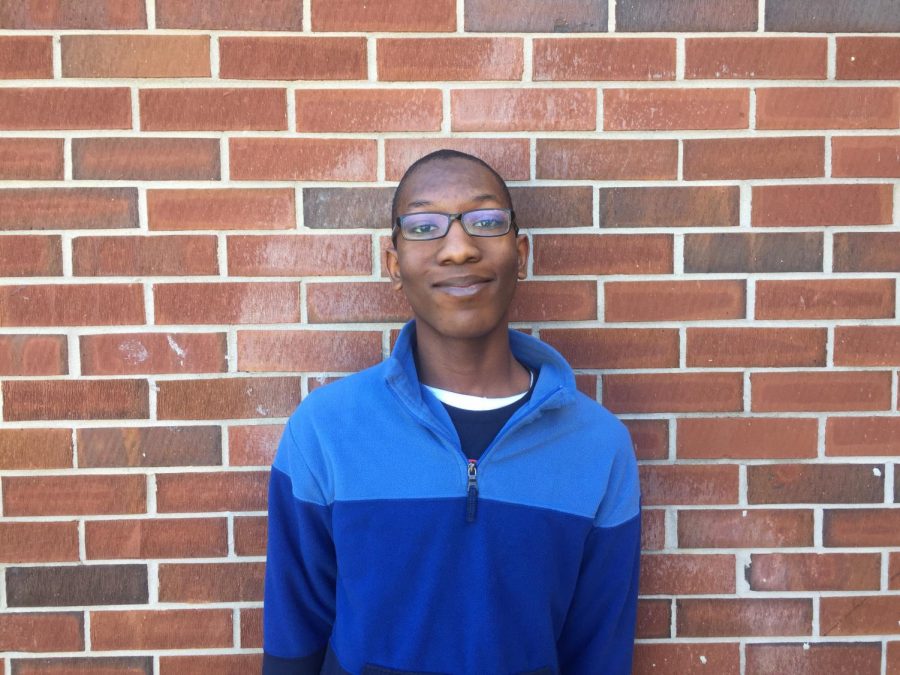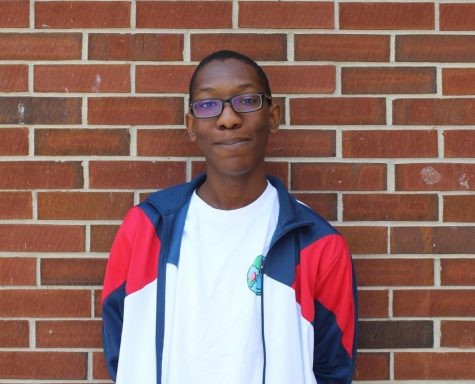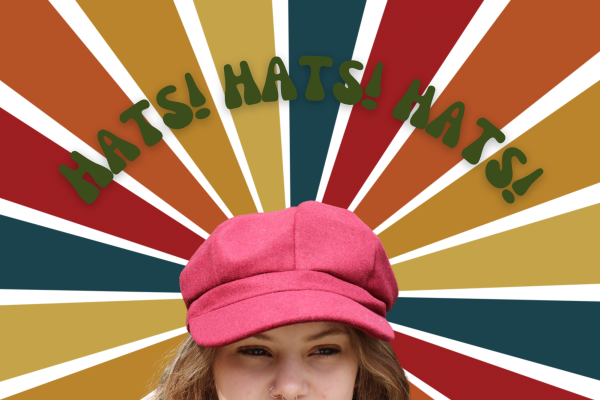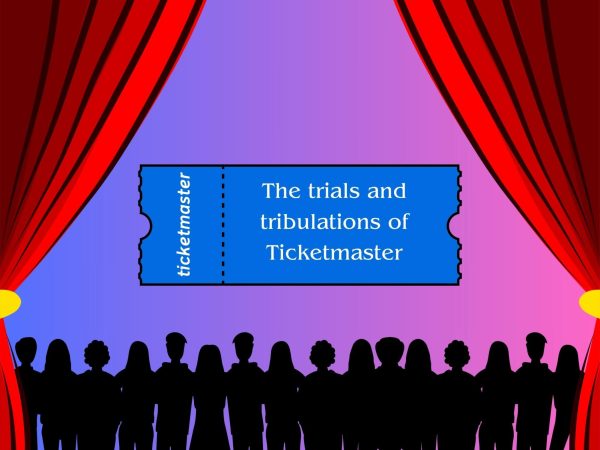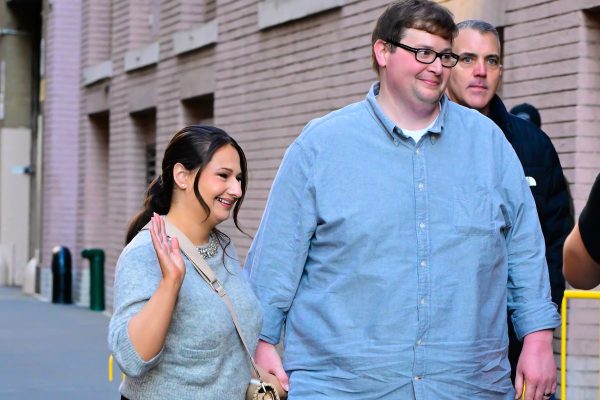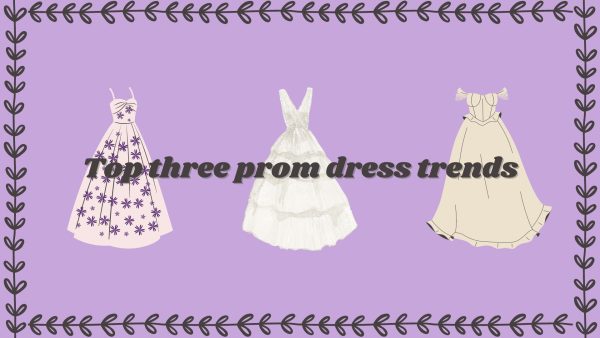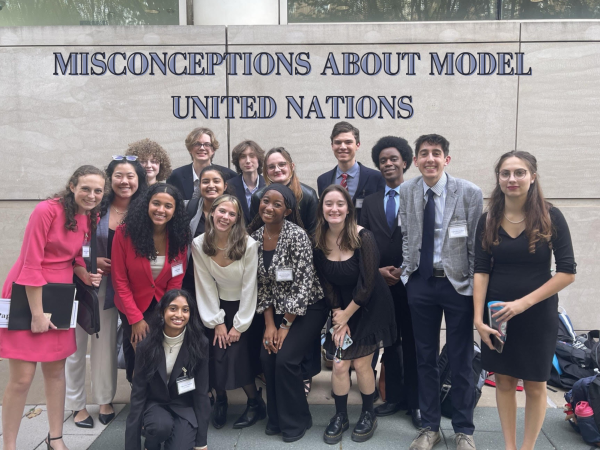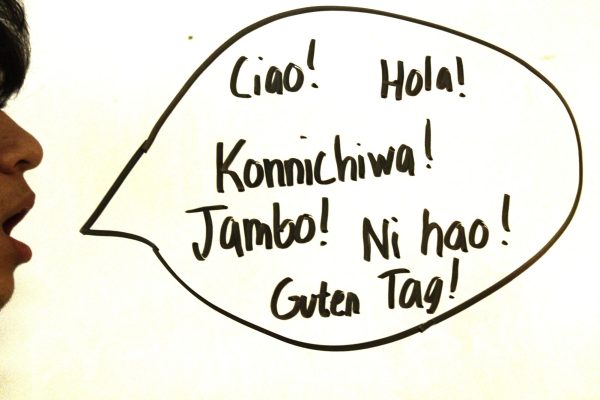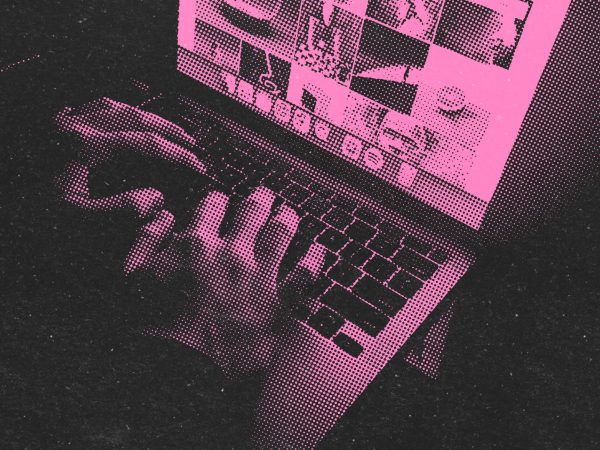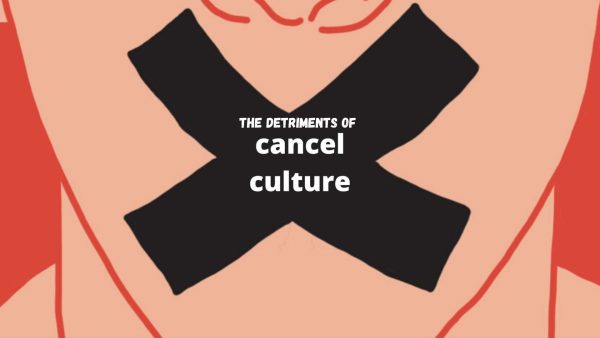How to solve the YouTube dilemma
February 8, 2018
YouTube—a name and a brand instantly recognizable to people all over the world. A 2017 Fortune Lords statistic estimates 1.3 billion total viewers to the popular website ever since their founding in 2005. So it comes as a surprise that this mass of people, content creators and viewers alike, decided to remain loyal to the platform in arguably their worst year since the founding of the site in 2005. And so far, 2018 looks no better. However, despite the adversities the company faced last year, YouTube can rebound and strengthen their brand, but to solve their problems, one must know the major issues and what makes them so problematic.
YouTube’s first major issue started in March, when large scale businesses began pulling ads from Google. According to an AT&T executive, their concerns arose because they suspected that “our ads may have appeared alongside…content promoting terrorism and hate,” with Verizon & Enterprise later following suit.
A 2017 Recode article by Peter Kafka regarding the economics of the ad debacle claims that investors felt so appalled by this that Alphabet, parent company of YouTube, lost “$25 billion… in less than a week,” or $4.16 billion per day from Friday, March 17, the day shares began dropping, to Thursday, March 23, the publication date of the article.
And while the company still made money, Alphabet decided to release a statement on March 22, where they promised to take “a tougher stance on hateful, offensive and derogatory content,” as well as general content published. What resulted from that? A lawsuit claiming censorship of conservative view.
Five months after the advertising debacle, YouTube found itself in another controversy too— one which, ironically enough, related to censorship. According to Hollywood Reporter author Eriq Gardner, Prager University, a conservative media network, filed a complaint with the company in which they claimed “YouTube is hardly neutral in its treatment of videos espousing liberal and conservative points of view. Prager U. alleges its videos end up put into restricted mode, while other videos…from a liberal perspective are not.”
One would think that during as a contentious period as the 2016 election that YouTube would try to fight the claims and stand firm as a provider of unbiased debate, but in actuality, YouTube waited two days after the same author published an article concerning their silence to provide a response. While the silence might not actually imply a viewpoint bias, it struggles to show neutrality towards the election in a meaningful way.
Regarding their delayed response, they eventually defended themselves, stating “Restricted Mode is an optional setting that you can use…to help screen out content…you may prefer not to see.” However, this response, while competent, lacked the promise of action.
Restricted Mode served as the focal point of the March controversy regarding censorship of lesbian, gay, bisexual, transgender [LGBT] creators, where it ended up blocking notable LGBT creators & their content, like Connor Franta & Stef Sanjati.
The controversy first gained traction when Gigi Gorgeous, YouTuber notable for her documentary This is Everything, posted a video titled “Proud to Be Restricted,” where she condemned the consership action by claiming Restricted Mode “stops people from being their authentic self.” A tweet from Tyler Oakley added to the woes of YouTube, leading to the company releasing a statement, where they assured LGBT creators they spent time “looking into concerns.“
However, LGBT author Matt Baume claimed his videos on topics including HIV science & homosexual veterans remained flagged. Baume claimed “YouTube just flagged one of my videos [an explanation of the human rights crisis in Chechnya] as not…’advertiser friendly,’ which means it’s not eligible for monetization.” Eventually, YouTube reworked their Restricted Mode, but even that could not stop articles being published as late as September detailing their censorship.
The controversies listed above do not, however, mean that the LGBT community alone suffers from losing money due to demonetization. A Bloomberg article regarding YouTube advertising policies used a man by the name of Joe Taylor, who runs a motorcycle channel, as an example of the negative effects of these new policies. The writer of that article, Lucas Shaw, explained that because of demonetization resulting from new ad policies, “Taylor’s earnings have fallen from $6,000…to about $1,000 a month;” Taylor claimed that because “so many people…can’t post as much because they had to get jobs…firing thousands of people in one fell swoop.” The same Bloomberg report claimed that “YouTube’s…inadvertently depriving some creators of as much as 80 percent of their monthly sales.”
The most recent controversy befell YouTube: famous YouTube vlogger Logan Paul uploaded a video on January 1, in which he visited the Japanese suicide forest. Paul videoed the unknown corpse of a recently deceased victim in the now- taken down vlog. After the upload, Paul received an extreme amount of negative press. It continued to grow, and after a week, YouTube finally released a statement, where they acknowledged the video “violated our community guidelines.”
While this behavior does warrant a response, why did the site not take the video down earlier? They knew it violated their guidelines, yet they did nothing about it until a week later. If not for the negative press Paul received, the video would still be on the site, gaining views and causing conflict and trauma.
Sadly, a precedent for this type of action, or lack thereof, does exist. In November of 2017, YouTube underwent criticism for not censoring inappropriate videos on their YouTube Kids app, one of which depicted popular cartoon character Peppa Pig “eating her father or drinking bleach.”
In a video regarding what he considers the flaw in their code which allowed, Matthew Patrick of the Game Theorists channel stated that when videos appear “in any… online trusted news publication & your system is triggered to give that video extra promotion in… recommended feeds.” The video appeared on articles published by BBC News, CNN, The New York Times, and HuffPost. The algorithm also promotes videos regardless of their content, positively or otherwise. Referred to as the Logan Loophole, Patrick further discusses the flaws within the algorithm by noting how “controversy gets you featured…embedded…more exposure and thus more views.”
According to Patrick, the apology video ranked “number one on trending for days…against every other video out there.” And while YouTube did put out a reaction, like with Prager University, the claims lacked effective, speedy action.
So the last 8 months treated YouTube roughly less than kindly. A solution may exist to solve their woes, but how can they prevent this travesty of a year from befalling the site again?
- Regulation: Regulation, while possessing the potential to prevent almost any of these controversies, seems out of the picture for the media giant. Recently, YouTube spoke with BBC news program Newsbeat, and voiced an aversion to regulation, claiming rather than make content, they simply “distribute the content.” While good intentions likely motivated this decision, this portrays yet another case of corporations shirking accountability for the sake of making money. In the UK, all groups involved in telecommunications undergo regulation from Ofcom, a Parliament run regulatory group which ensures “people in the UK get the best from their communications services and are protected from scams and sharp practices.” However, YouTube’s refusal to play by the rules exhibits not only great arrogance, but an inability to learn from their mistakes. YouTube CeO Robert Kyncl has claimed that their apparent disdain towards regulation “doesn’t absolve us of responsibility,” and that “the…content guidelines acts as the standard…on how to behave on YouTube,” but actually, did the opposite. YouTube did nothing to block a video they knew broke their rule;, their algorithm as explained by Patrick promoted it. As for accountability, while the site itself does not fit into general broadcast restrictions, that does not extend to the above-mentioned production.
- More Reliance on Human Intuition: As the Restricted Mode & algorithm issues showed, software does make mistakes and can unintentionally discriminate. The blame for the failings of the software should not fall upon the hands of coders, as algorithms lack real perception. However, why not hire a team of human supervisors to review content? This would allow for a more careful examination of produced content, rather than immediate blockage or demonetization. And while arguments regarding financial downsides do exist, a company that trades at $835 after losing billions of dollars a day could afford it.
- Strong Responses: Finally, if YouTube never learns from their mistakes, they could at least try to respond to the controversies with punctuality and transparency. The Prager U. incident shows the damage silence can cause, and in an era of fake news and alternative facts, YouTube should do their best to stand tall as a provider of content for all viewpoints. Even if equal representation means nothing to them, appealing to those with diverse political viewpoints would logically increase profits. So when they sit on their hands when accused of censorship, defending themselves sounds like a good option. On the other hand, if a video pops up which not only mocks those with mental illness, but clearly violates the guidelines presented as the rules, waiting a whole week after the video ends up taken down independently by the creator just to release a half-baked statement sounds like a less favorable option.
In the wake of these controversies, the future of YouTube seems unclear, and that should terrify not just investors or board officials, but the average viewer as well. Regardless of personal opinion on the state of the site, YouTube acts as more than a mere hobby, but rather it serves to entertain people all over the world, truly overcoming cultural and social boundaries. Looking past executive blunders, YouTube must continue to unite people in a world looking increasingly divided.




